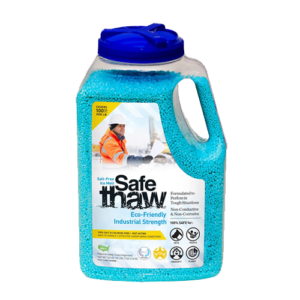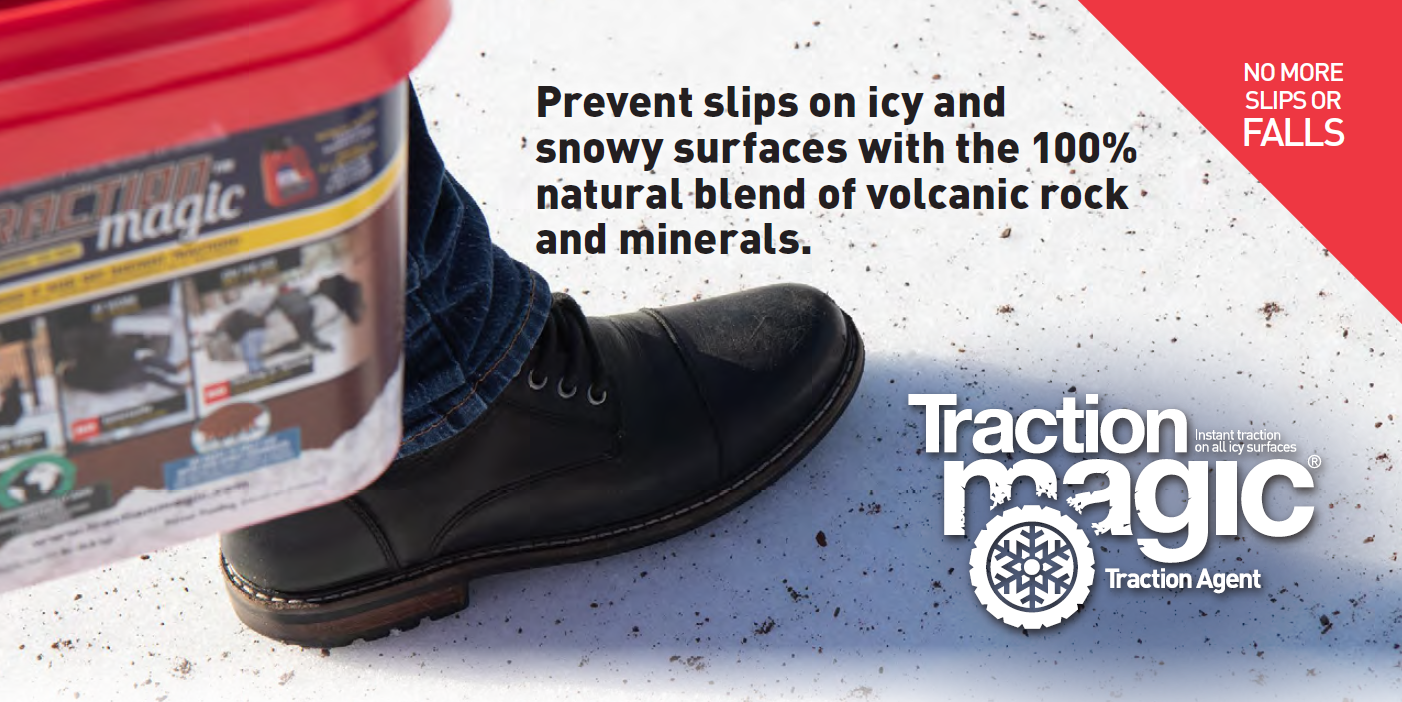Does Salt Damage Your Cars – Best Tips For Protection
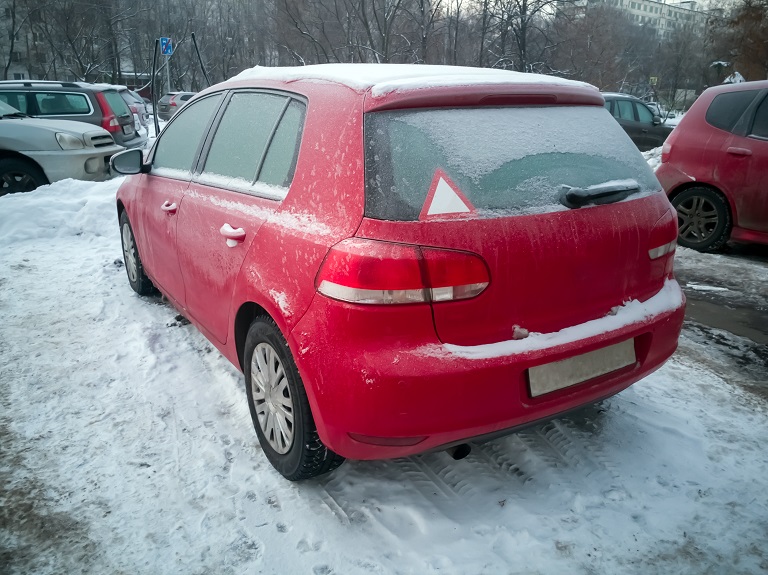
Salt is commonly abrasive, it speeds up the formation of rust on any metal surface. It can damage your car’s body and engine when it comes into contact with metallic parts. If you want to maintain your car looking and running its best over the winter, you’ll need to avoid surface and undercarriage damage by using an ice-melting solution for cars. If vehicles aren’t properly maintained, snow salt damage can cause corrosion and rust.
How Does Salt Damage Cars?
Salt damage can lead to rust, corrosion, and other issues. Salt damage to cars primarily occurs due to its corrosive nature. Here’s how it happens:
- Corrosion: The common salt damage to cars includes corroded metal surfaces, including the body of your car and its undercarriage. This corrosion can weaken the vehicle’s structural integrity over time.
- Rust Formation: When salt interacts with moisture on your car’s surface, it creates a corrosive brine. This brine can seep into crevices and joints, leading to rust formation.
- Brake and Exhaust Damage: Road salt can also harm your car’s brakes and exhaust system. It can lead to brake line corrosion and accelerate the deterioration of exhaust components.
How to Wash Salt from Under Your Car?
So, how do you protect car from salt? One easy way is washing. Washing salt from under your car is crucial for preventing long-term damage. Here’s how to do it effectively:
- Use a Pressure Washer: A pressure washer is the most efficient tool for removing salt from the undercarriage. Use a gentle fan spray to avoid damaging sensitive parts.
- Focus on the Undercarriage: Direct the pressure washer’s stream toward the undercarriage, paying special attention to the wheel wells, suspension components, and frame.
- Regular Maintenance: Make undercarriage cleaning a part of your regular car maintenance routine, especially during the winter months.
- Hand Washing: If you don’t have a pressure washer, you can use a garden hose with a nozzle attachment to rinse the undercarriage. Be thorough, and make sure to remove all visible salt.
Does Snow Damage Cars?
Snow itself is not necessarily damaging to cars, but it can create conditions that lead to damage. For instance:
- Snow Accumulation: Heavy snowfall can add extra weight to your car, potentially affecting its handling and fuel efficiency.
- Snow Compaction: As snow compacts on the road, it can turn into ice, leading to slippery driving conditions and the increased use of road salt.
- Visibility: Snow accumulation on your car’s windows and mirrors can hinder visibility, increasing the risk of accidents.
Safe Paw Ice-melting Solution For Cars
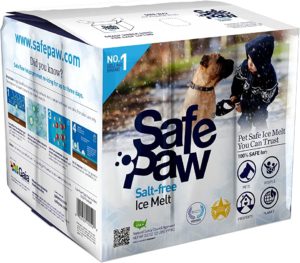
Safe Paw
The Original and the #1 Child and Pet Safe Ice Melt for over 20 years. Guaranteed environmentally safe – will not harm waterways and sensitive wetlands.
Salt melts ice and snow, but it can also produce rust under an automobile. It is followed by further salt corrosion. Because salt has a lower melting point than water, this method works. Your undercarriage is the most vulnerable part of your body. Rust under an automobile poses a threat to its functionality and safety. Snow, ice, and road salt all affect your transmission, brakes, and other components. Because snow salt damages a car’s bottom and paint job, it’s critical to understand how to protect your automobile against snow and road salt.
Tips For How To Remove Ice and Keep Your Car In Good Shape During The Winter
- Wash your car regularly to remove snow, salt, sand, and filth.
- Avoid driving in deep snow because it can compact and pack into your vehicle’s underside. Poor braking, restricted airflow, corrosion, and vibrations can all result from this.
- Wax your automobile before the winter weather arrives to protect it from road salt.
- Remember to wax your car every two to three months to ensure that the layer remains strong enough to protect your paint against snow salt damage.
- Salt treatments applied throughout the winter months can assist your car stay on the road by preventing ice. It can, however, inflict a lot of salt damage to your entire vehicle. You can use an ice melter that is non-toxic and safe for your property, children, and pets, such as Safe Paw.
- Snow salt builds can easily be spilled over your automobile, so avoid areas with standing water..
- Rust damage is a possibility for all vehicles. Repeated salt exposure, on the other hand, accelerates this process. Rust on the car is an element that can create problems, ranging from frame corrosion to hydraulic brake system leaks. A car’s underbody is the most vulnerable to the weather. The underbody is most subject to salt damage.
- To avoid corrosion of the exposed metal, repair any paint chips. Also, find alternatives for how to remove ice and prevent salt damage that suits you best.
Conclusion
Using non-corrosive ice melts like Safe Paw can be the best alternative ice-melting solution for cars and driveways. Corrosion compromises your vehicle’s maneuverability and structural integrity. While you can’t control the weather in the winter, you can keep your automobile safe from the elements.
The key goal is to avoid damaging a car’s bottom in the first place. Snow and salt corrosion can occur at any time, you should have your car examined and repaired regularly. It will benefit you to avoid significant safety hazards or additional damage.
Gaia Enterprises Inc. delivers 100% pet-safe and environmentally friendly winter products. Safe Paw, our flagship product, is the #1 selling pet-safe ice melt that does not harm pets, safe if ingested, and safe on all types of concrete.
FAQs
Other Ice Melt Products
Traction Magic
Stay safe on slippery surfaces with a product that’s 100% natural and safe for pets, people, and your property. Use Traction Magic on sidewalks, steps, or as instant traction for your car.
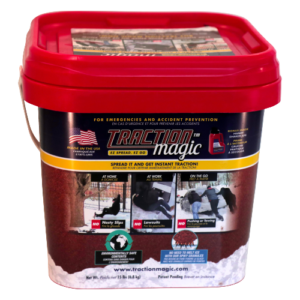
Safe Thaw
Imagine an ice melt you can put down and never worry about. It won’t harm pets, kids and your property. That’s Safe Thaw. Unlike anything else on the market, Safe Thaw can change how winter affects our planet.
